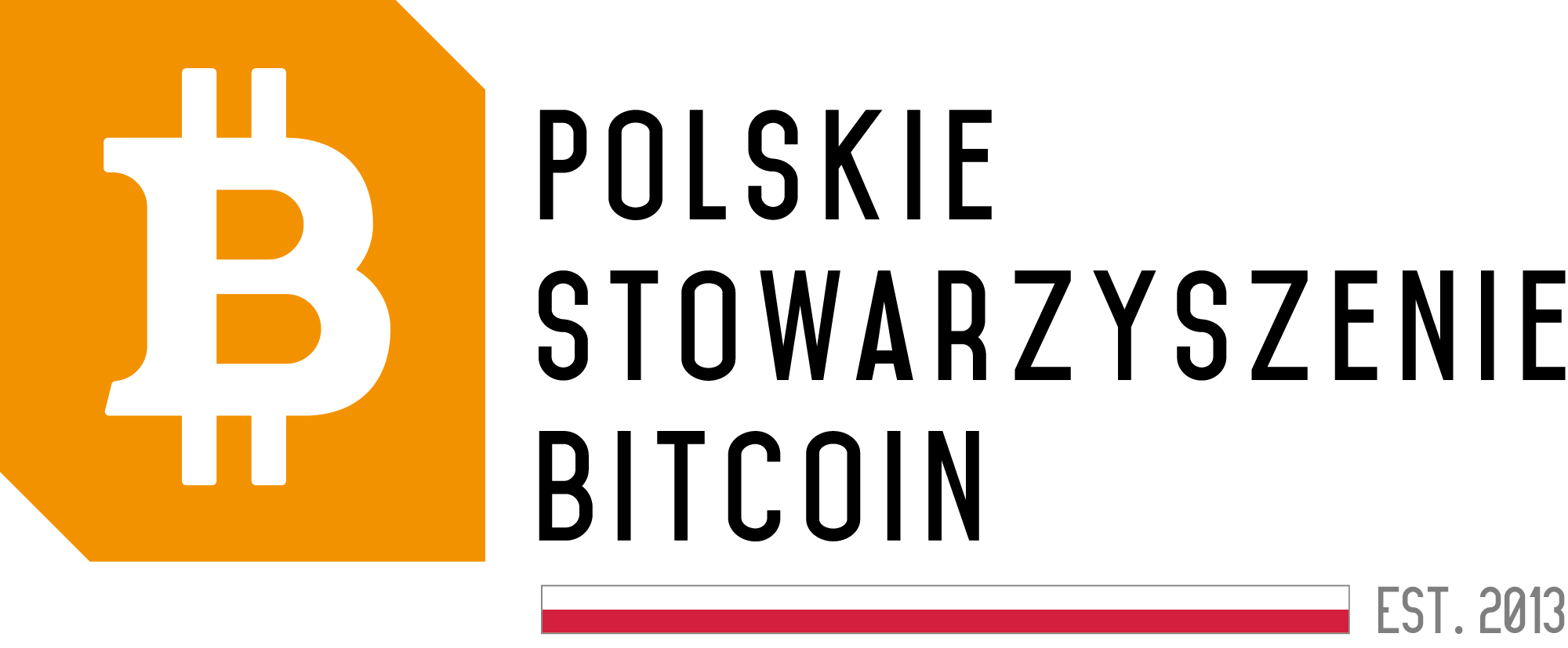“The decrease in Bitcoin network difficulty: what does it mean for miners?”

Bitcoin Network Difficulty Decrease – Impact on Miners
The recent adjustment in the Bitcoin network led to a 1% decrease in difficulty, which is a significant signal for miners operating within this network. Despite this, the hashrate remained stable, which may indicate a reduced expansion of miners. The Bitcoin network difficulty is a key factor that affects the block production rate and the issuance of new tokens.
Bitcoin Network Difficulty and Block Production
The Bitcoin network difficulty is an embedded feature that controls the rate at which miners can find blocks in the network. Miners are rewarded for each solved block, which is the main source of mining new cryptocurrencies. The pace of reward distribution corresponds to the cryptocurrency production rate, which is crucial for maintaining ecosystem stability.
The network difficulty aims to prevent rapid mining of new tokens and ensure a steady pace of asset production. The difficulty is adjusted approximately every 14 days, depending on the average block discovery time.
Halving – Another Significant Event for Bitcoin
The upcoming halving, which is the reduction of block rewards, is another significant event for the world of cryptocurrencies. Periodic halvings reduce block rewards by half roughly every four years, which can have a significant impact on miner motivation and earnings.
This reduction may cause some miners to refrain from increasing their hashrate due to decreased rewards. Decreasing block rewards directly affect miners’ earnings, prompting more efficient management of cryptocurrency production.
Bitcoin Price Forecast
Currently, the price of Bitcoin is estimated at around $70,800, with an increase of over 6% in the past seven days. The cryptocurrency market remains dynamic and demanding, with numerous factors influencing its stability and profitability for participants.





